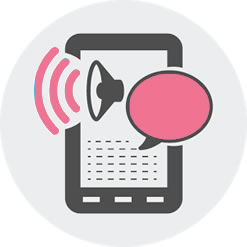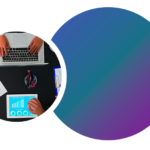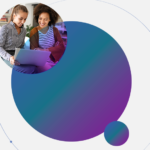%
More than 34% of people with disabilities are unemployed and looking for work.
Companies that wish to attract and hire the best available talent and improving the candidate’s experience must commit to being inclusive and accessible to all candidates, including those with disabilities.
1. Compatibility with screen reader
People, who are blind, visually impaired or have dyslexia often navigate the web using a screen reader that converts text to speech and provides non-visual navigation commands and other aids.

2. Video subtitles and closed caption
You should always add subtitles and/or closed captions to all media content such as online videos, Facebook Live or YouTube contents and event videos.
3. Alternative labeling
People with visual impairment depend on a well-written descriptive text (called “ALT attribute”) specifically designed for screen readers to fully understand the information they transmit.
4. Extended time to complete evaluations
Many people who use assistive technology require additional time to navigate a website and/or to complete a task: web pages which have time limits should give the user the option to deactivate, adjust or extend the time limit.
5. Keyboard accessibility
One of the easiest accessibility tests for a website is if it can be browsed without using a mouse: are the contents of your website browsable without a mouse from start to finish or are there “keyboard traps”?
Available at: SHRM













